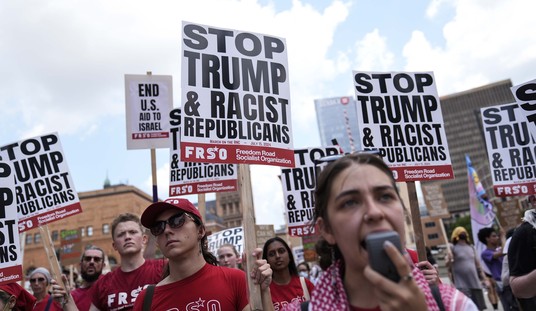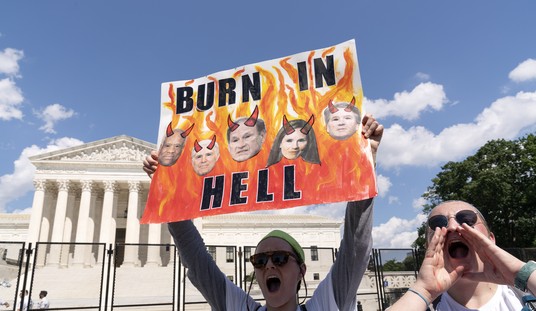Have you ever wondered what the last change to the U.S. Constitution was, before the delegates at Philadelphia signed it?
It was actually pretty momentous.
The Constitution provides that in the lower house of Congress “the Number of Representatives shall not exceed one for every thirty Thousand, but each State shall have at Least one Representative.” The last change was from “one for every forty Thousand” to “one for every thirty Thousand.”
Nathaniel Gorham of Massachusetts explained that “if it was not too late he could wish [this change], for the purpose of lessening objections to the Constitution.” His request was soon seconded by Daniel Carrol of Maryland and Rufus King of Massachusetts — and then a really important person took a position on this proposal.
George Washington had been elected president of the Constitutional Convention at the very beginning, reflecting the enormous respect that the delegates — and nearly all Americans — held him in. Consequently, he had been careful to take no particular positions on the questions that arose. He explained, as he put this question to the delegates for a vote, that “although his situation had hitherto restrained him from offering his sentiments on questions depending in the House, and it might be thought, ought now to impose silence on him, yet he could not forbear expressing his wish that the alteration proposed might take place.” Why? “The smallness of the proportion of Representatives had been considered by many members of the Convention, an insufficient security for the rights & interests of the people.”
This was too important a change for Washington to stay silent.
The more people that a legislator represents, the easier it is for him to disregard the interests and concerns of his district — simply because he knows that no single person’s irritation or upset is likely to lead to his removal at the next election. In addition, the more voters there are in a district, the less likely it is that they will know the character of a candidate — because you are not likely to know him.
For more than a century, we stuck with that ratio. The first House of Representatives had 65 members. Every ten years, a growing population meant a growing House — until in 1911, there were 438 members, and it was becoming increasingly difficult for such a large legislative body to operate. Congress went ahead and set the maximum size at 435 members.
From then on, the number of members stayed constant; the number of people per congressional district grew. Today, a member of the House represents almost 700,000 people. If 40,000 people per member of the House in 1787 was “insufficient security for the rights & interests of the people,” why are we surprised that Congress is doing such a horrible job at seventeen times that ratio? Did Americans get seventeen times better at watching our Congresscritters between now and then?
The theory of federalism, when the Framers wrote our Constitution, was that different levels of government performed different functions. States retained those powers that were local in nature because the state governments were closest to the people. Some powers were delegated to the national government in Washington because they involved actions that were national or regional in nature.
Many Americans were skeptical of this new, more powerful national government because Congress was so remote from the states. Because the powers delegated by the Constitution were so limited, the damage from a corrupt or power-mad national government was limited, also. As it turned out, the anti-federalists who warned that this new government would get too big for its britches were wrong in one substantial aspect: they grossly underestimated how intrusive, destructive, and powerful it would become.
It is impractical to go back to the 30,000:1 ratio; that would give us a House with more than 10,000 members. It might be entertaining to watch the House meet in a small stadium, but it would not be very productive. (Hmmm. Maybe that’s a feature, not a bug.) I suspect that short of breaking up into several different countries, the only realistic solution to the problem of our remote Congresscritters is to limit the federal government’s power, returning responsibility for most matters back to the states.
I do not have any illusions that the state governments are perfectly honest and sensible. (I used to live in California.) But state legislators are generally much closer to their constituents simply because the ratios make it possible. New Hampshire, for example, has 400 members in its lower house. With a population of 1.3 million people, that’s less than 3,300 voters per lower house member. Even a big state like Texas has only 140,000 people per lower house member — far better than the 700,000:1 ratio in the U.S. House.
Ideally, the government — at all levels — would do a bit less than it does today. But if my choice is power-mad state legislators or power-mad federal legislators, I think I would prefer them close enough to know who I am — and to be concerned that if I get mad enough, I might try and knock them out in the next election.









Join the conversation as a VIP Member